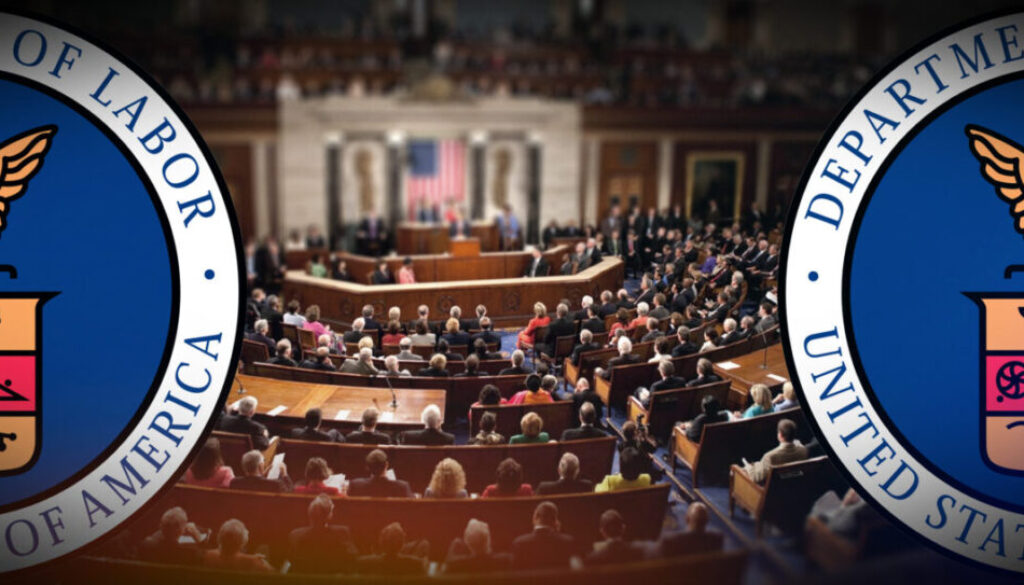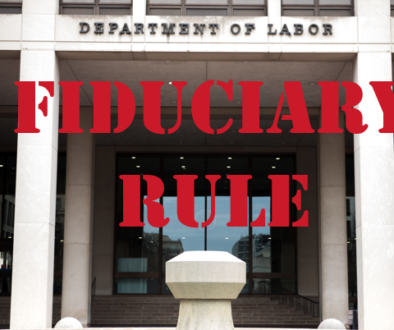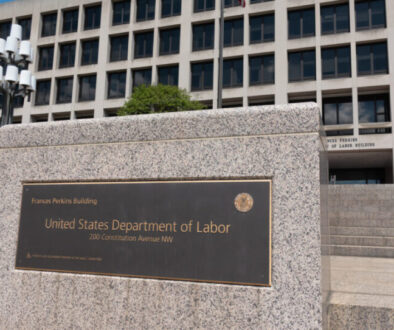Hearing speakers trade barbs on whether DOL fiduciary rule hurts or helps
A House committee revived debate over the Department of Labor fiduciary rule Thursday, leading to extended discussion over what the proposal does and doesn’t do, and whether the DOL has the appropriate rulemaking authority.
The House Health, Employment, Labor and Pensions Subcommittee welcomed four witnesses to discuss the fiduciary rule. Introduced on Halloween, the Biden administration fiduciary rule is at least the fourth attempt to hold nearly all sales of financial products to a fiduciary standard.
Similar to the House Capital Markets Subcommittee hearing last month, the Republican chairman and rule opponent filled all but one of the four witness chairs with like-minded witnesses.
Iowa Insurance Commissioner Doug Ommen endorsed the best-interest model regulation passed by the National Association of Insurance Commissioners. He insisted that state regulators have a handle on any problems with agents and advisors giving bad financial advice. Forty two states passed best-interest rules based on the NAIC model.
“I was significantly involved in every stage of the work leading up to the adoption of the best interest rules,” Ommen said. “We gave serious time and thought to determining the appropriate standard of care for annuity sales. While we did consider a fiduciary approach, we found that fiduciary only standard would restrict consumers from cost-effective access to the financial security products they need.”
Ommen’s comments drew later ire from Rep. Joe Courtney, D-Conn., who sought to establish the right by the DOL to regulate retirement plans under the Employee Retirement Income Security Act of 1974.
“This is well within the scope of ERISA in terms of the DOL’s authority,” Courtney said.
Who gets hurt?
Other witnesses speaking against the rule included Jason Berkowitz, chief legal and regulatory affairs officer, Insured Retirement Institute; and Thomas Roberts, principal with at Groom Law Group.
The DOL has hypothesized that regulatory gaps exist and are being exploited to harm retirement savers, Berkowitz said, but it has produced no evidence to support that theory.
“If bad actors are exploiting regulatory gaps to harm retirement savers, such gaps should be addressed through targeted rulemaking,” he explained. “But a targeted approach is impossible without clear evidence of a problem. So instead, the DOL wants to completely upend the existing regulatory framework.”
The word “targeted” was popular among several speakers. Rep. Jim Banks, R-Ind., referenced the 2016 fiduciary rule that was tossed out by a federal appeals court in 2018. At that time, Banks said he spoke to a 36-year advisor who said the rule “will force me to fire all of my clients who do not have substantial retirement assets for investment.”
“It seems that this [rule] especially targets small businesses and working-class families that are trying to save something to pass on to the next generation,” Banks said. “Why target them?”
The lone proponent for the rule, Public Investors Advocate Bar Association President Joseph C. Peiffer, said most advisors are honest and put their clients first. But the ones who don’t cause substantial damage to crucial retirement assets. PIABA members have represented hundreds of thousands of wronged investors over the years, Peiffer said.
“Our clients are people who invariably trusted their financial professional,” he said. “The vast majority of these investors gave their entire life savings to their advisor. None of the people that I’ve ever represented realize that their advisor might be held to a standard anything below that of a doctor or an attorney. It’s not like people come out of the womb believing brokers have a fiduciary duty to their clients.”
New fiduciary rule expected by June
Since the rule was made public, the DOL moved quickly to get a public comment period and a public hearing wrapped up within 60 days, working around several major holidays. Compared to previous fiduciary proposals, it was significantly condensed. A comment period closed Jan. 2 with about 20,000 comments received.
The DOL is back at work on the rule, ostensibly incorporating feedback it received. A final fiduciary rule could be published by late winter or early spring, analysts say. Industry lawsuits are expected to follow, challenging the DOL’s authority to regulation individual retirement plans.
Several speakers Thursday said the new rule is no different than the 2016 version. Peiffer refuted that notion.
“This is an extremely narrowly targeted rule that gets at people that call themselves fiduciaries that have control over accounts, or give advice specifically on the retirement,” he said. “This is not a solution in search of a problem. This is a problem that needs a definite solution in this DOL rule gives that solution.”
Rep. Susan Wild, D-Pa., pointed out that many of the studies cited by industry opponents were paid for by industry trade associations. For example, a recent study commissioned by the Financial Services Institute finds that the DOL fiduciary rule would cost firms $2.7 billion in the first year.
Wild noted that her ex-husband Russell Wild is a financial advisor and still manages her investments.
But the loopholes in ERISA “allows unscrupulous advisors to put their interests ahead of their retirement clients and provide what’s known as conflicted advice,” she said. “We’ve seen and we’ve heard that it costs our retirees billions of dollars of losses. And of course, it leads to a lot of heartbreak and harm to them and their families.”
InsuranceNewsNet Senior Editor John Hilton covered business and other beats in more than 20 years of daily journalism. John may be reached at john.hilton@innfeedback.com. Follow him on Twitter @INNJohnH.
© Entire contents copyright 2024 by InsuranceNewsNet.com Inc. All rights reserved. No part of this article may be reprinted without the expressed written consent from InsuranceNewsNet.com.
The post Hearing speakers trade barbs on whether DOL fiduciary rule hurts or helps appeared first on Insurance News | InsuranceNewsNet.




